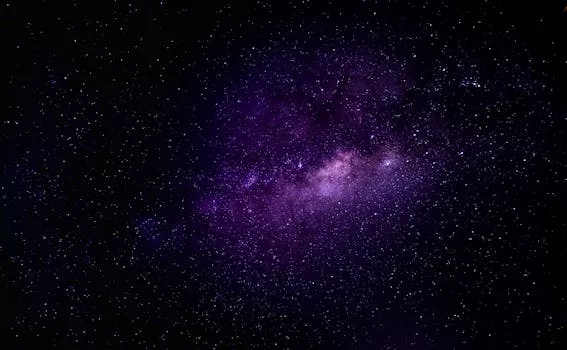
“
Beyond the Milky Way: Imagining New Worlds and Possibilities
Introduction to Space Exploration
Beyond the Milky Way: Imagining New Worlds and Possibilities is a fascinating topic that has captured the imagination of astronomers, astrophysicists, and space enthusiasts for decades. The Milky Way, our home galaxy, is just one of billions of galaxies in the observable universe, each containing billions of stars and potential planets. As we continue to explore and understand the vastness of space, we are constantly reminded of the infinite possibilities that lie beyond our galaxy. For a deeper dive into this theme, check out Charting New Realms: The Journey of Imagination Beyond the Stars.
Understanding the Milky Way Galaxy
The Milky Way is a barred spiral galaxy, consisting of approximately 200-400 billion stars, various types of interstellar gas, and a supermassive black hole at its center. The galaxy is estimated to be about 100,000 light-years in diameter, with our solar system located in one of its outer spiral arms. The Milky Way is part of the Local Group of galaxies, which also includes the Andromeda Galaxy and several smaller galaxies. To learn more about other galaxies, you might find Galaxies of Dreams: How Imagination Transcends the Night Sky interesting.
Exploring the Universe Beyond the Milky Way
As we venture beyond the Milky Way, we enter a vast expanse of space filled with an incredible array of celestial objects. Galaxies, star clusters, nebulae, and other formations stretch across the universe, each with its unique characteristics and features. Some of the notable galaxies and celestial objects beyond the Milky Way include the Andromeda Galaxy, the Triangulum Galaxy, and the Large Magellanic Cloud. The exploration of these realms is akin to Soaring Through the Cosmos: The Power of Imagination Beyond the Stars.
Discovering New Worlds and Possibilities
The discovery of exoplanets, which are planets that orbit stars outside of our solar system, has revolutionized our understanding of the universe and its potential for supporting life. With the help of advanced telescopes and spacecraft, scientists have identified thousands of exoplanets, ranging from small, rocky worlds to large, gas giants. The search for life beyond Earth continues, with scientists exploring the possibility of life on Mars, Europa, and other celestial bodies in our solar system.
Takeaways and Future Possibilities
- The universe is vast and contains an infinite number of galaxies, stars, and planets, each with its unique characteristics and features.
- The discovery of exoplanets has revolutionized our understanding of the universe and its potential for supporting life.
- Space exploration and the search for life beyond Earth continue to be exciting and rapidly evolving fields, with new discoveries and advancements being made regularly.

